Is there anything sweeter than watching baby birds grow up?
Hearing them call out for “more worms!!!” from the nest. Watching them fly for the first time. It’s also easy to worry about them.
Knowing that so many Canadians care about backyard birds, we’ve pulled together nine dos and don’ts that’ll keep your little feathered friends safe.
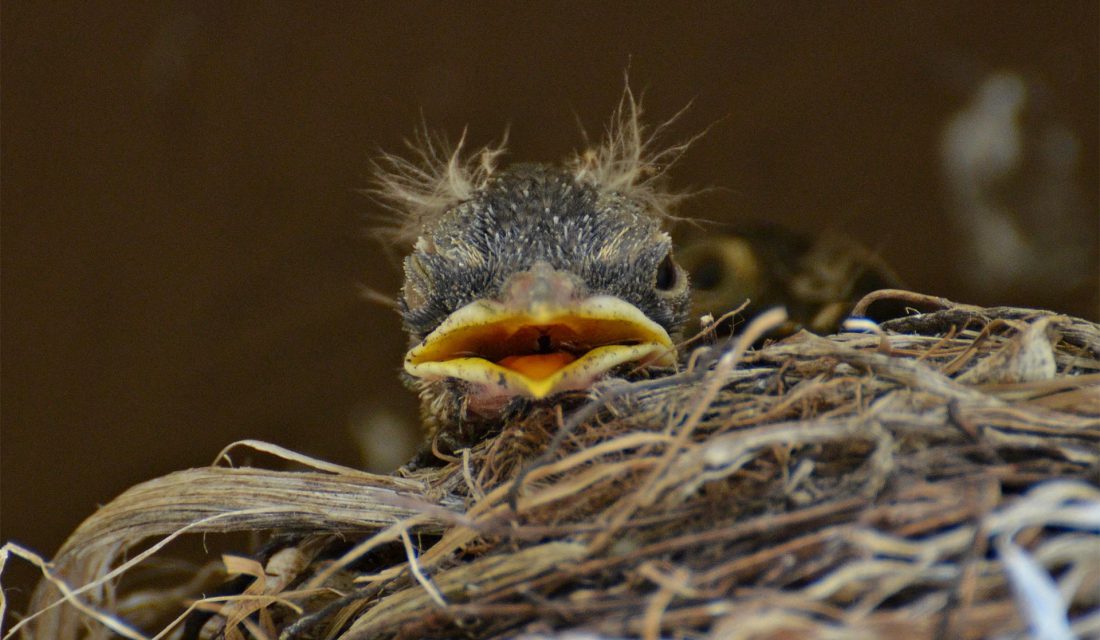
- Do keep an eye out for predators. There are so many kinds of creatures that will attack nests – from Blue Jays to crows, grackles to cats.
- Do plant shrubs, trees and tall grasses where birds can hide away from predators.
- Do try to locate the nest if you find a nestling. Since nestlings are small and haven’t grown feathers yet, they really need to be in a nest. They might have been blown out of the nest by a windstorm so take a look at a nearby tree and pop the little one back in its nest once you find it.
- Do keep a look for a nest on the ground. You never know! A windstorm might have blown out the nestling along with the nest itself. If you do happen to find a nest on the ground, you’re going to want to gather the nest material and place it in a small plastic container. Don’t forget to poke holes in the container itself for drainage purposes. Nail the new nest as high as you can in the tree you think the original nest was likely in. That’s usually the tree closest to the baby bird. Pop the little one back in the nest and keep an eye out for the parents!
- Don’t rescue a fledgling. These are birds that are on the brink of adulthood. They might not be able to fly fully yet but they’ve definitely got a few tricks up their sleeve – they can usually flutter from one branch to another. But they’re not the most graceful yet so they might flutter to the ground by accident. You’ll probably see their parents come to check on them within 30 minutes.
- Do keep an eye on a fledgling out of the nest. If its parents haven’t come back to claim the fledgling within two hours, you should probably contact a wildlife rehabilitator. While you’re waiting for a response, put the bird in a shoebox or another small box that has holes in it. Put a cloth in the box to keep the bird warm.
- Don’t worry if you need to handle the bird. Just because a human has picked up a baby bird doesn’t not mean the parents will abandon them. Truthfully birds don’t recognize their young by smell.
- Don’t feed a baby bird! Yikes! Every bird species is different and you could end up feeding the bird something that could actually harm it.
- Do clean out your nesting boxes. Some birds will happily reuse the same nest again and again, year after year. But it still needs a little maintenance. So take out any nesting material from the previous year, wash it out with soapy water and let it dry.

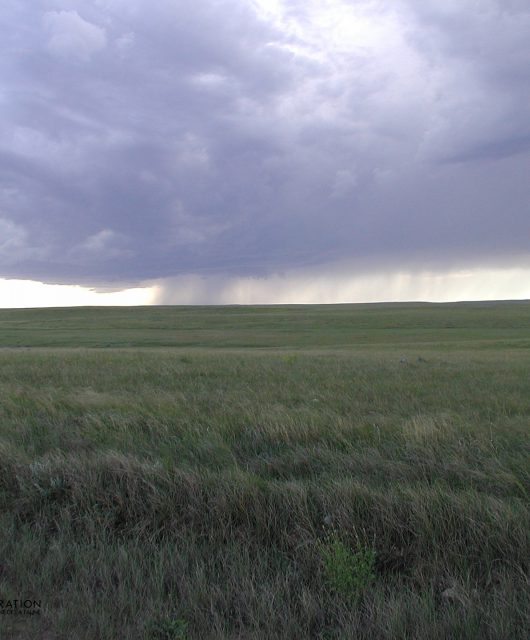
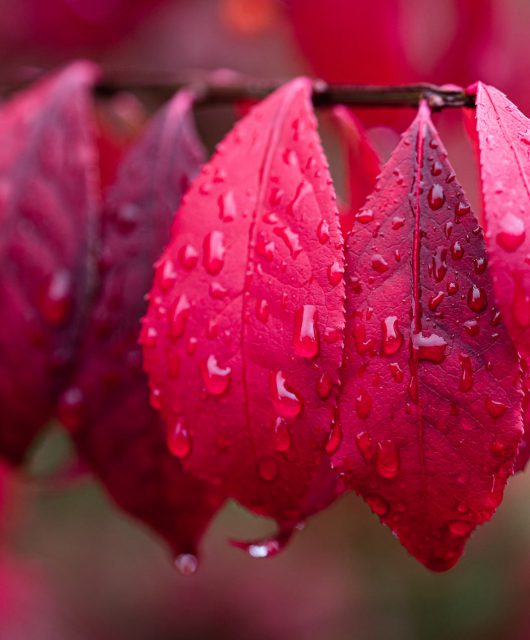
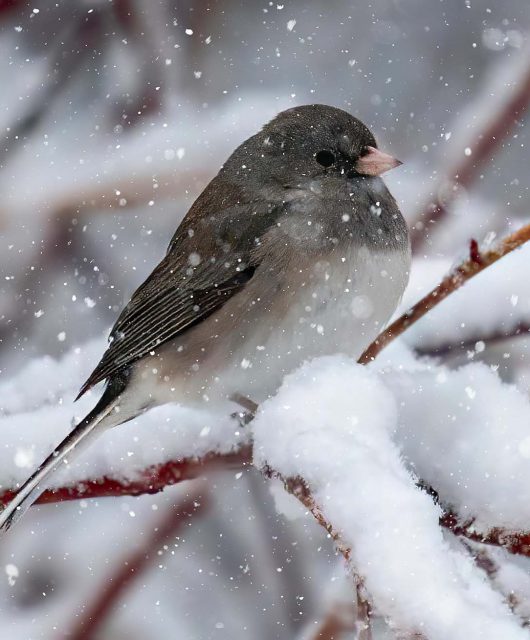
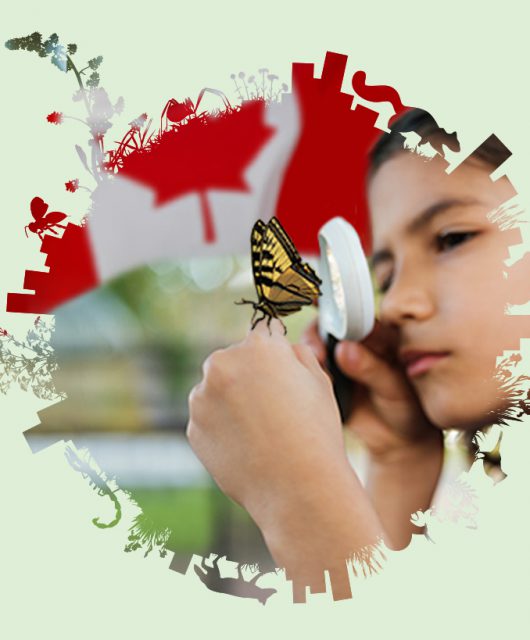
4 comments
Thanks guys. I totally agree with you. Nutrition is important for baby birds and this includes adequate food and water.
Nutrition is important for baby birds and this includes adequate food and water. Hatchlings and those in the nest are still physically immature so if you are wondering about this question: Do baby birds drink water?
I’m surprised that the dangers free-roaming domestic cats pose to baby birds was downplayed here. Keeping pet cats indoors or contained is probably the most effective single action a cat owner could take to protect backyard birds and nests. Unlike the natural predators mentioned (crows, jays), outdoor house cats are subsidized invasive species that are a problem year-round (not just in the breeding season) for birds, bats and other native wildlife.